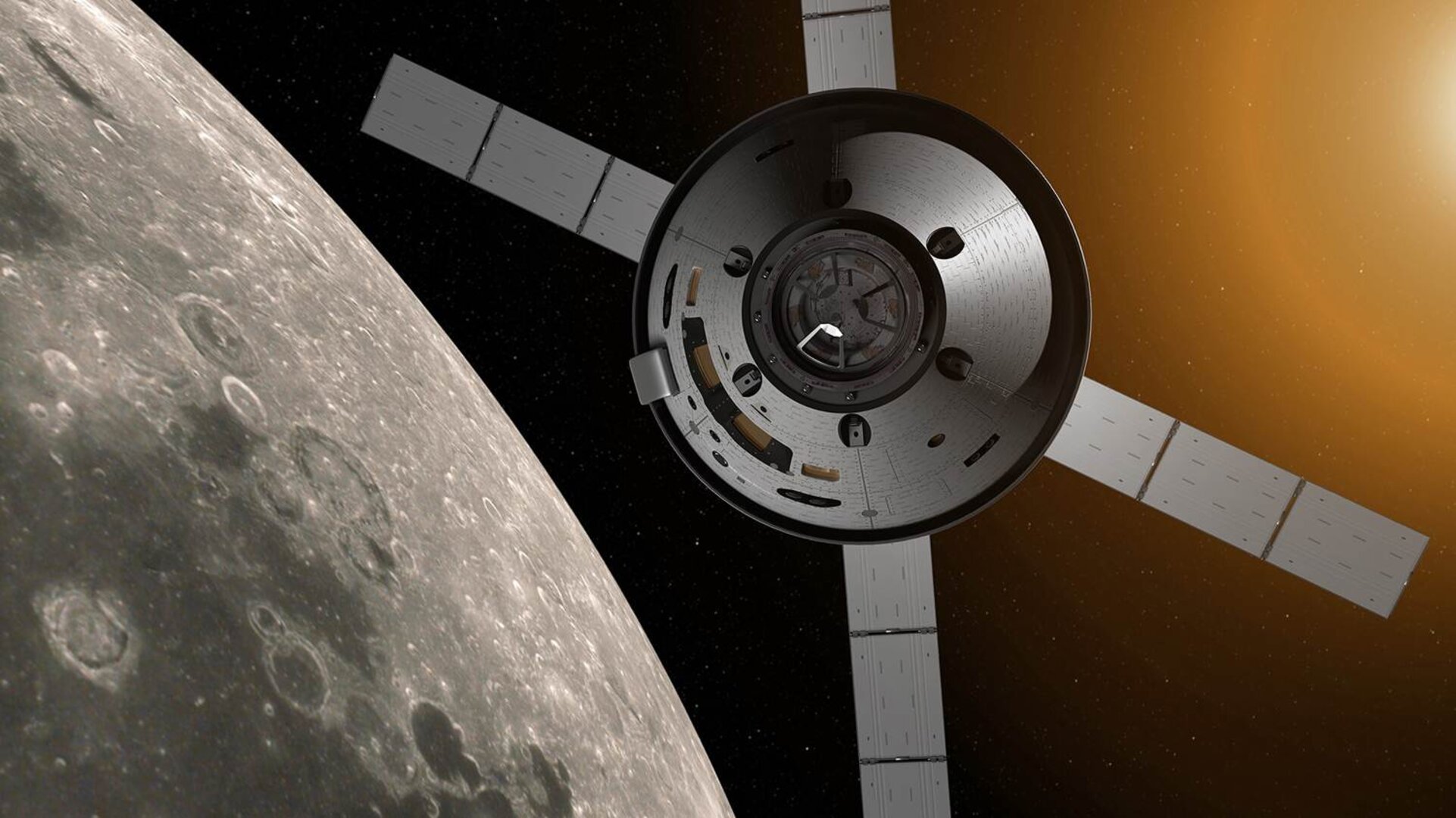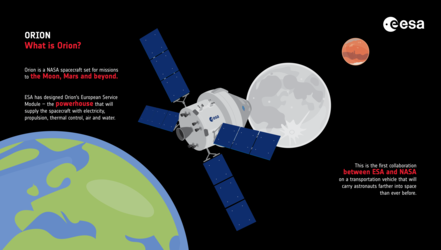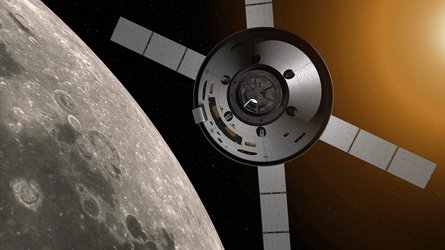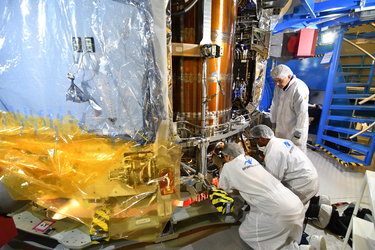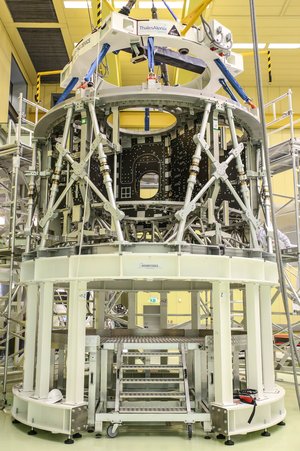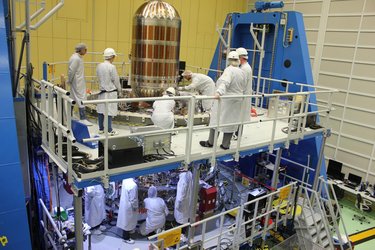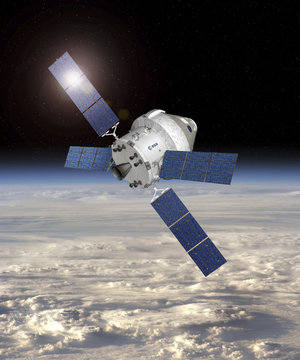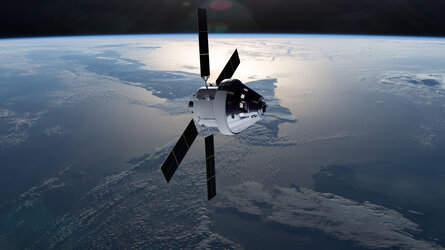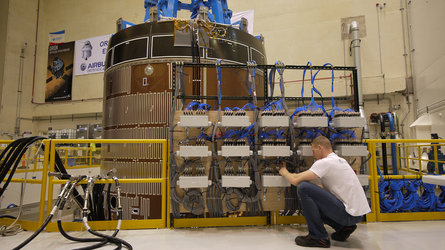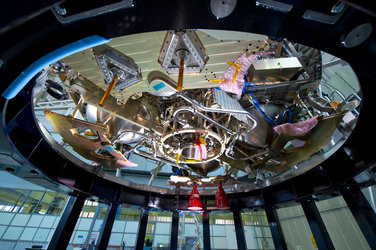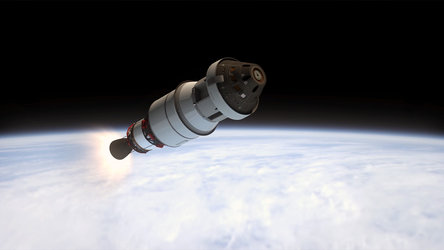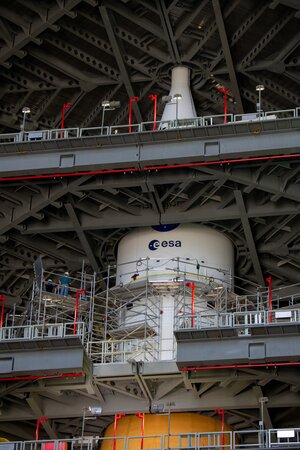Power
The 7 m-long solar wings on the European Service Module feature the distinctive X-wing configuration that was also used in the module’s predecessor, the Automated Transfer Vehicle.
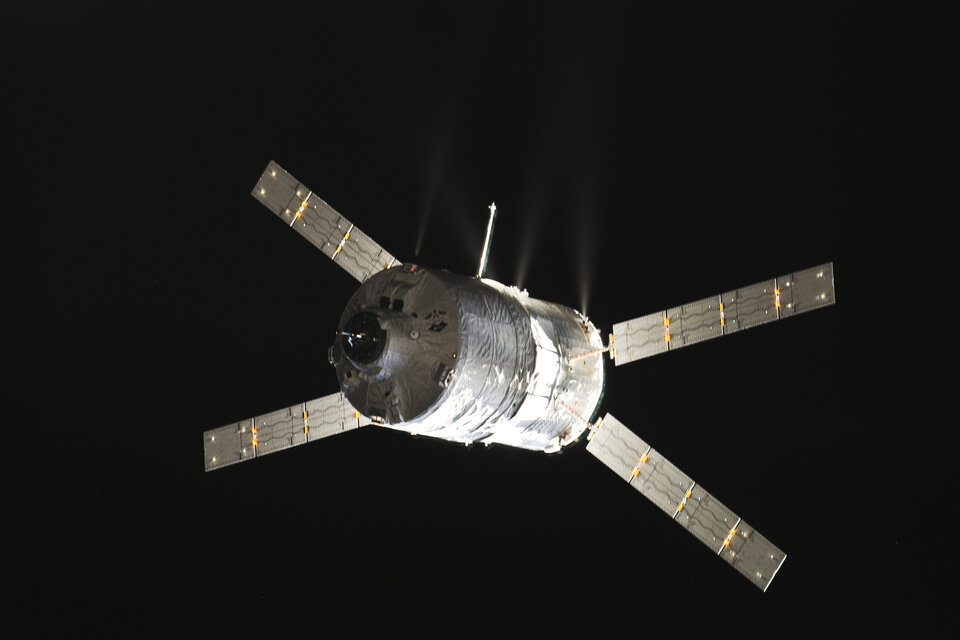
Each of the four wings are made of three panels that provide enough electricity to power two typical European households, providing 120 V for the computers, experiments and other hardware.
The solar array turns on two axes to remain aligned with the Sun for maximum power. The solar cells are provided by US company Emcore and shipped to the Netherlands for assembly into the panels. They will provide more than double the power of the solar array of the Automated Transfer Vehicle despite being similar in size.
Technical details:
- Electrical power (120 V) for Orion provided by four wings
- Wing length: 7375 mm, made of three panels 2130 x 1920 mm
- Total power output 11.2 kW
- Solar cells provided by the US partner Emcore using gallium arsenide triple-junction technology
- The Solar Array orientation is controlled by the two-axis Solar Array Drive Mechanism (SADM). The Sun-tracking mechanism can swivel between –35° and +25° on the inner axis, while the outer axis can rotate fully: 0° to +360°
- Power is transferred through the two-axis rotating joints
- The solar arrays are controlled through the Solar Array Drive Electronics (SADE)
- The Power Conditioning and Distribution Unit (PCDU) regulates the power and routes electricity to equipment
- All units are connected via an Onboard Data Network (ODN) to the Crew Module and its adapter
- The vehicle control and management software is in the Crew Module computers
- The Onboard Data Network is a three-plane Time-Triggered Gigabit Ethernet (TTGbE)















 Germany
Germany
 Austria
Austria
 Belgium
Belgium
 Denmark
Denmark
 Spain
Spain
 Estonia
Estonia
 Finland
Finland
 France
France
 Greece
Greece
 Hungary
Hungary
 Ireland
Ireland
 Italy
Italy
 Luxembourg
Luxembourg
 Norway
Norway
 The Netherlands
The Netherlands
 Poland
Poland
 Portugal
Portugal
 Czechia
Czechia
 Romania
Romania
 United Kingdom
United Kingdom
 Slovenia
Slovenia
 Sweden
Sweden
 Switzerland
Switzerland

























